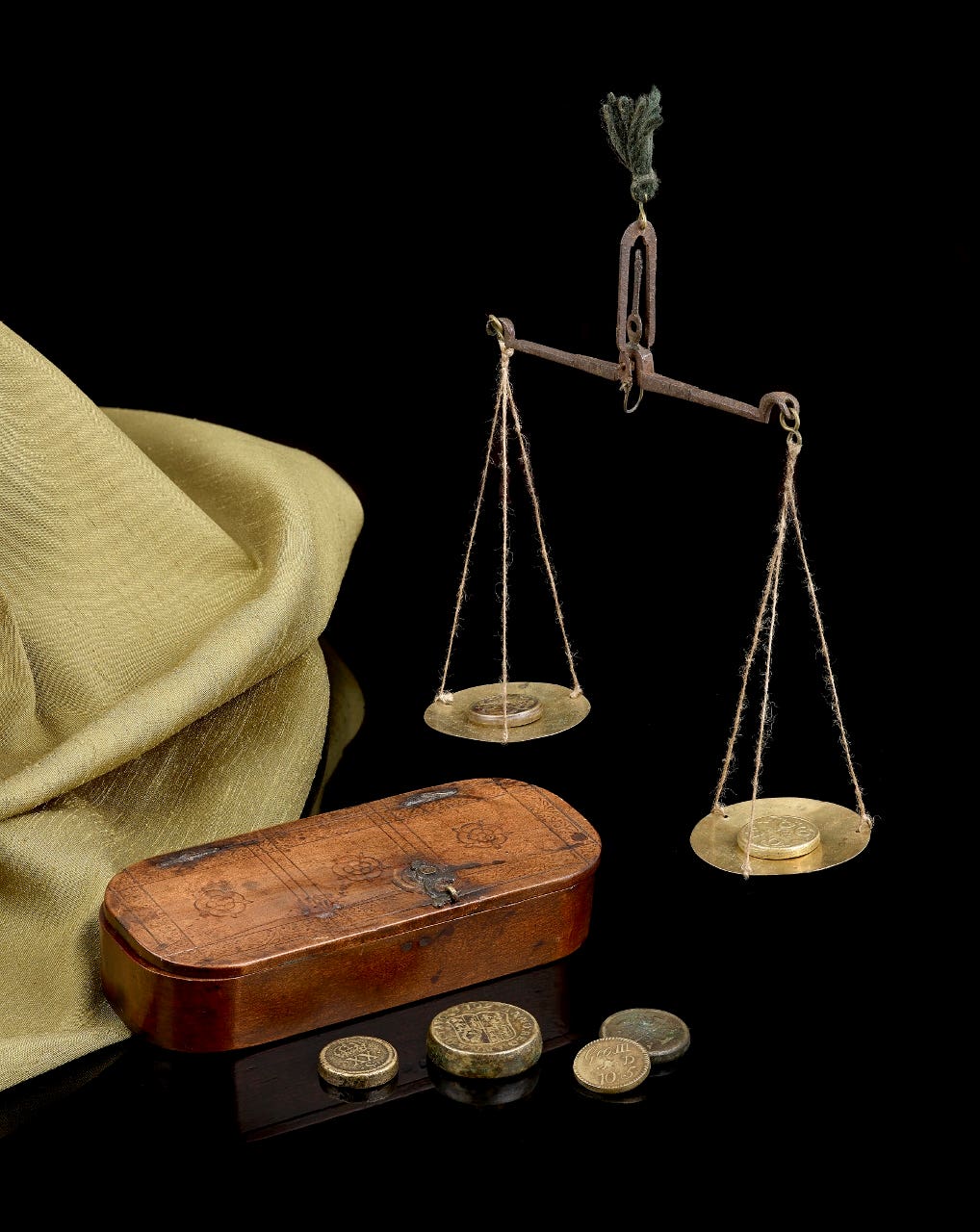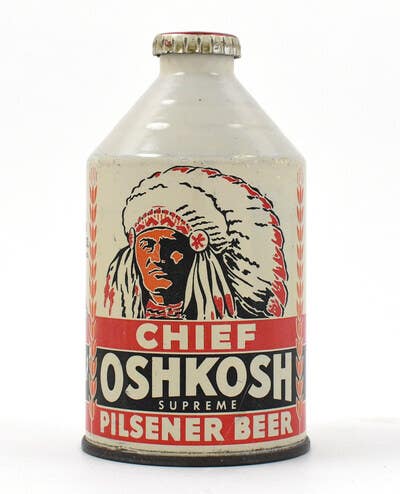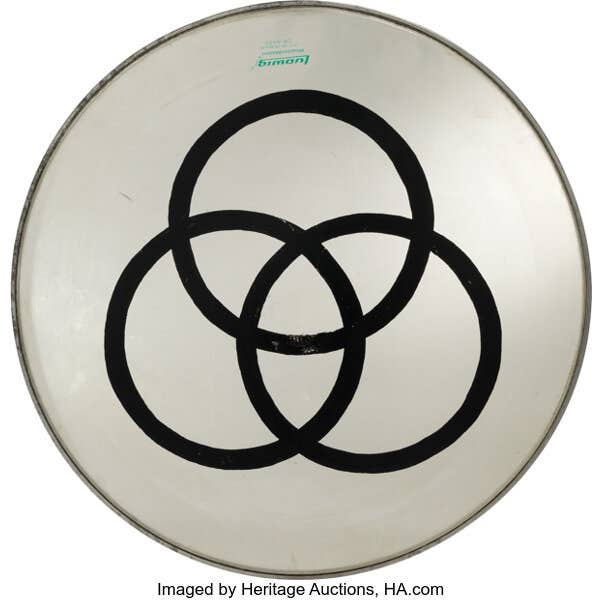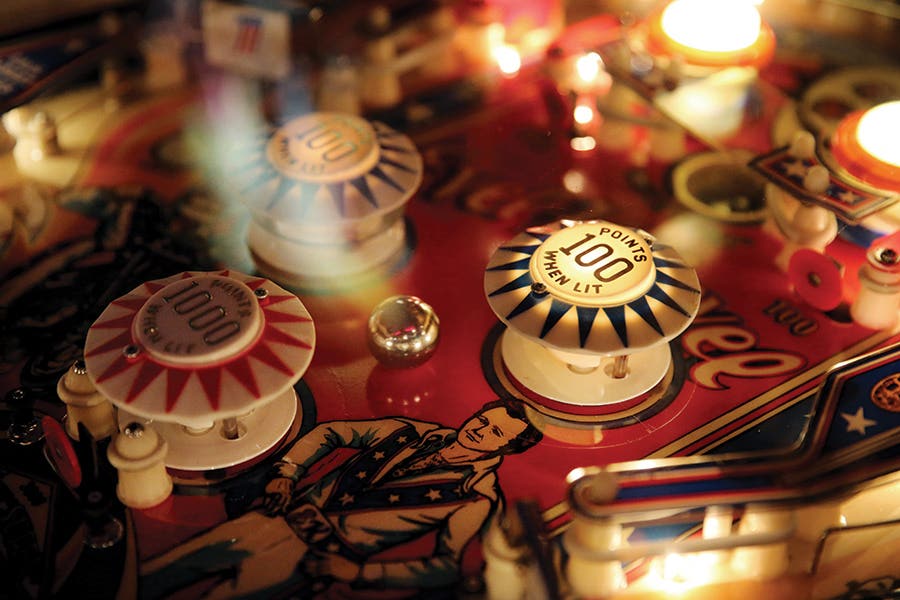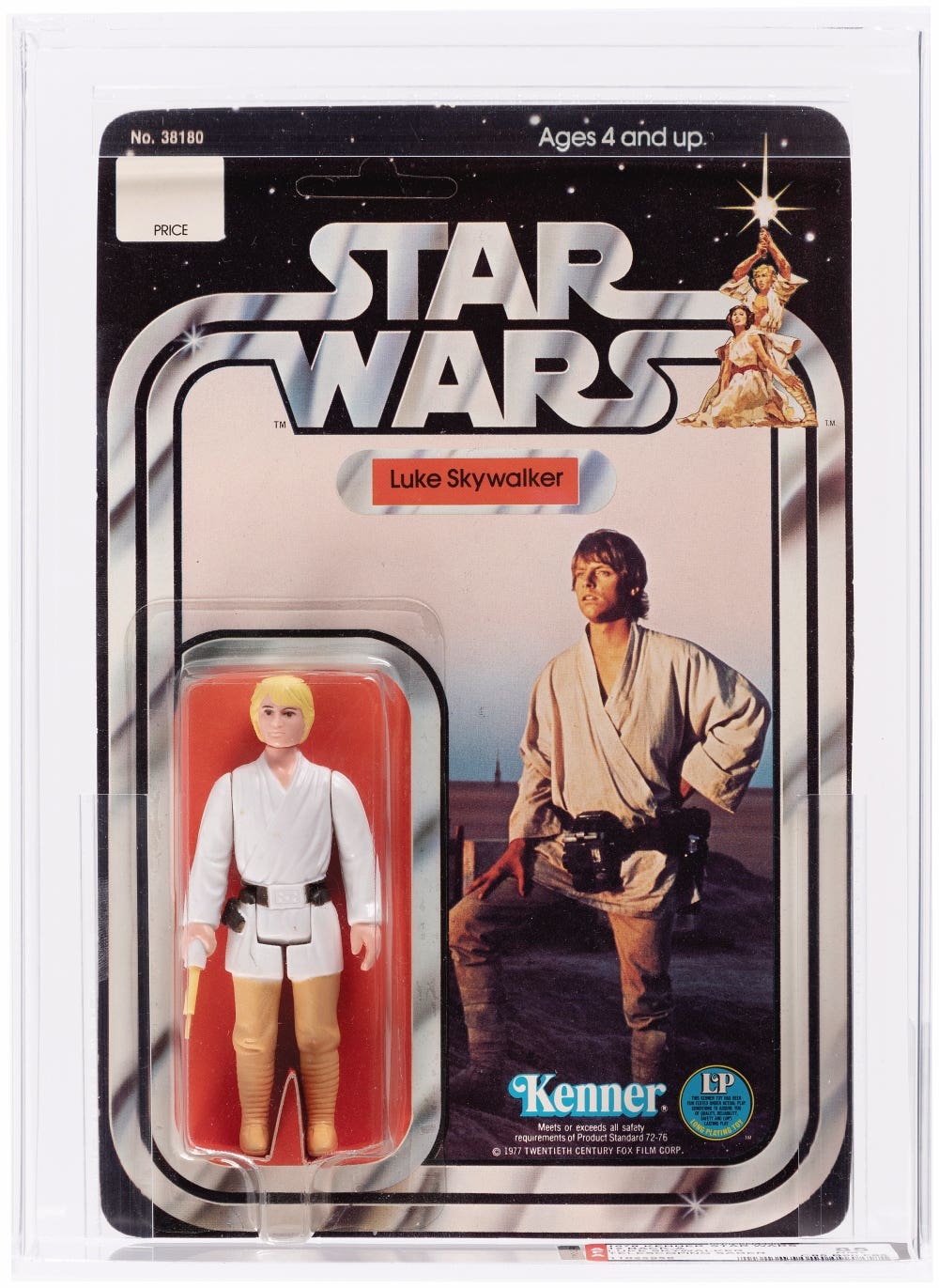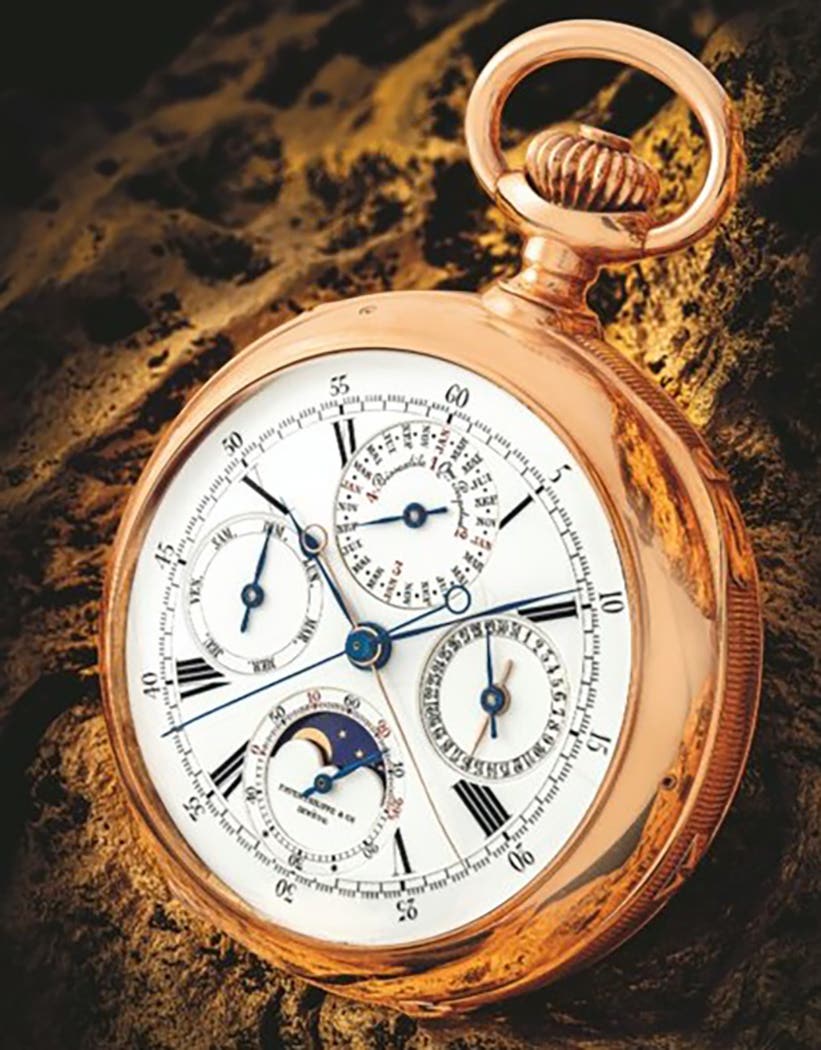Selro and Selini Costume Jewelry
An uncommon delight, Selro and Selini costume jewelry sparkles in unfamiliar ways for many collectors.
While often colorful and eye-catching, Selro and Selini aren’t common names outside of avid costume jewelry collecting circles. Those who do take notice of these mid-range pieces find them to be quite fun to collect and wear, and even the more common pieces hold at least some value.
The main reason they’re off the radar, however, is that the majority of Selro pieces are not marked. Learning how to identify them can make picking more interesting and selling a lot more fruitful, especially when it comes to the rare designs.
A Little Selro History
Selro Corp. was founded in the late 1940s by Paul Selenger. His business, located in New York City, was named by combining the first three letters from his family name with the first three letters of his mother’s first name, which was Rose.
The Manhattan-based Selro factory was active from the early 1950s through the 1960s and the jewelry made there reflects some of the chunky fashion jewelry styles popular during the era. Selenger was also known to make regular trips to Providence, Rhode Island, so he may have had a connection to jewelry production facilities there as well. Researchers have confirmed another company named Expansion Bracelet did make some of Selro’s wares after the New York factory closed.
While leading business operations, Selenger also served as lead designer for his company. In addition to Selro pieces, jewelry marked Selini was also made by this manufacturer. Although collectors and dealers will sometimes use the names Selro and Selini interchangeably, Selini was actually a line produced by Selro. Referring to those pieces as Selini by Selro is more accurate.
Some styles have both Selro and Sellini marks, in fact, although most pieces were not marked in any way. They were, like Juliana jewelry by DeLizza & Elster, originally sold with paper hang tags or on paper cards. Once the items were worn, those identifiers were discarded by the original owners.
Selro’s Faces
There are several different ways to identify unmarked Selro pieces. This often starts with interesting components shaped like faces. Pieces with an Asian look, like the bolo style necklace shown on the next page, are often called “Thai Girl” or “Asian Princess” by collectors. These usually incorporate hats or headdresses within the cast metal settings to accent the face “stones.” They can be decorated with faux pearls, rhinestones, or enameling. Wide bracelets and earrings were also made using these popular Asian-inspired stones.
Another popular face element incorporated in jewelry by Selro looks like a bearded man. These, in actuality, mimic Noh masks originating in Japanese theater. The molded examples used in Selro pieces were made in a variety of colors and the settings surrounding them are usually decorated with complimentary glass cabochons or rhinestones. They are sometimes referred to as “devil” heads by sellers.
Other “face” elements used in Selro jewelry have African influences including Egyptian profiles. Pieces with these more unusual face components are generally harder to find and more costly to obtain when marketed by knowledgeable dealers. All the more reason to become acquainted with them since they’re usually unmarked.
Other Selro Identifiers
Beyond the faces, there are other attributes of Selro jewelry that are helpful to know. This includes looking for stones made of confetti Lucite, which were used often by this company. These have flecks of sparkling confetti-type material encased in clear or colored plastic, and they were made in varied colors, sizes, and shapes.
The settings on these pieces can also be quite elaborate and interesting. Examining the details hidden within the cast metal often leads to the discovery of hidden fruits, leaves, flowers, insects, small animal heads, or human busts within the design. Some pieces have details in the metal that turn a simple cabochon stone into a face as noted in Selro’s hard to find pirate designs.
Always look at the back of suspected Selro pieces for clues as well. Many Selro bracelets, for instance, will have a large rivet in the middle of each link. Many of the pieces holding molded plastic stones will be open backed as well.
Other companies used similar materials and manufacturing techniques though, so they can be misidentified as Selro by inexperienced dealers and collectors. Speculation that this company may have been connected to HAR (The Hargo Jewelry Company) due to similarities in style have been refuted as well.
Learning More About Selro
Several general books on costume jewelry, including Collecting Costume Jewelry 101 by Julia C. Carroll, include some information on Selro’s production. One of the best resources for really delving into this brand, however, is online.
“The Many Faces of Selro” (www.imageevent.com/themanyfacesofselro/), was compiled by collector Kathie Davis to share her research on this brand. This is the most comprehensive presentation of information on this company available to date, and it even covers items that are not Selro but commonly misidentified as such. Many collectors who have studied the varied styles by this company contributed photos and information to this valuable resource. This includes back views of a number of pieces so construction techniques can easily be examined and compared.
The Costume Jewelry Collector’s International website also holds some great information on Selinger’s background and the jewelry his company made. The easiest way to find these articles is to do a site search for Selro and then click on the “Selro & Selini Jewelry Unmasked” and “Selro & Selini Jewelry: Styles and Findings” links that come up in the search results.
Pamela Wiggins Siegel has been buying, selling and collecting costume jewelry for more than 30 years. She is the author of Warman’s Costume Jewelry and the co-founder of Costume Jewelry Collectors International, an organization dedicated to hosting events and providing educational resources for collectors. Visit her online at www.chicantiques.com and www.cjci.co.



